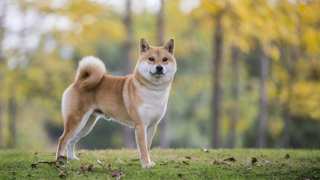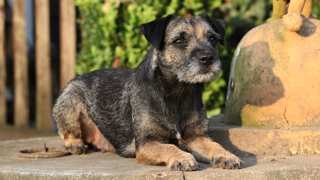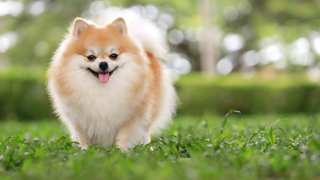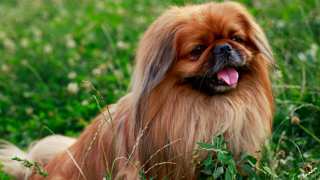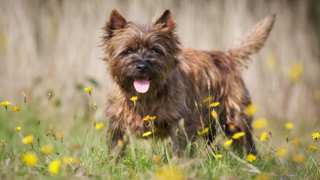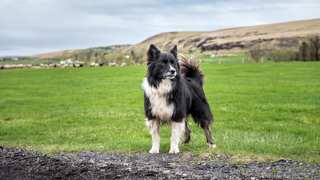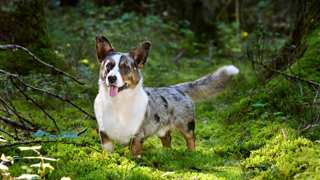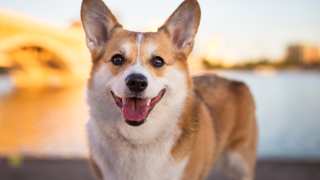Like all breeds, Japanese Spitz food and diet choices are important to the dog's health and well-being. As a small breed with a small stomach, these dogs will need food that is packed with nutrients and vitamins; while opinions differ on what's the Japanese Spitz's favorite food, many owners feed their Spitzes high-quality dry food that's formulated for small breeds, as this type provides the necessary calories, protein, and healthy fats for these little dogs. Some owners also choose to include a bit of fresh meat and/or vegetables with the kibble, though the fresh food should make up no more than 10 percent of the meal.
Though these amounts will vary depending on the dog's age and activity level, an adult Japanese Spitz will need approximately one cup of food per day, divided into two meals; puppies need a bit less--0.5 to 0.75 cups, divided into three meals until six months of age. For specific portions of dog food for your Japanese Spitz based on age, use the following chart for reference:
Japanese Spitz Feeding ChartDog AgeDog WeightFood TypeAmountFrequency2 Months3 lbsDry0.1 cups3x/day3 Months5 lbsDry0.2 cups3x/day6 Months10 lbsDry0.4 cups2x/day9 Months13 lbsDry0.5 cups2x/day12 Months+17 lbsDry0.5 cups2x/dayThough obesity is not a glaring issue with these dogs, a Japanese Spitz that's over-fed and/or under-exercised will indeed become overweight, which can lead to breathing and digestive problems and a shortened lifespan. Veterinarians say the most common cause of obesity in dogs is "free-feeding," whereby food is left in the dog's bowl all day so it can eat anytime it wants. It's highly recommended that you put your Spitz's food bowl down only at mealtimes, then pick it up 15-20 minutes after the dog begins eating.
If you're worried your Japanese Spitz is overweight, give the dog the simple Ribs Test: run a hand along its side, and if you can't feel any ribs, it's diet time. Decrease your Spitz's daily food consumption by one-fourth, and add an extra walk or play period to its daily exercise routine.

